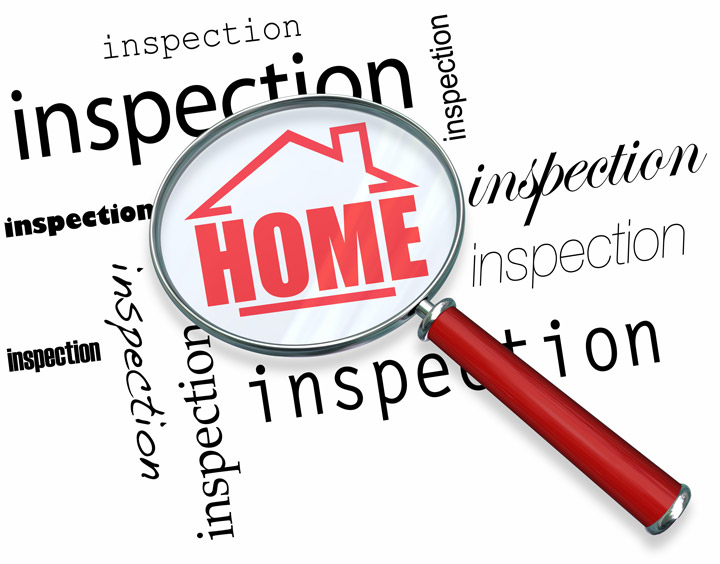
A Description of the Appraisal ProcessAcquiring a home can be the largest transaction most people may ever encounter. It doesn't matter if a primary residence, a seasonal vacation property or an investment, the purchase of real property is an involved transaction that requires multiple parties to make it all happen. Most people are familiar with the parties having a role in the transaction. The most known person in the transaction is the real estate agent. Then, the mortgage company provides the financial capital needed to bankroll the transaction. And the title company makes sure that all areas of the transaction are completed and that a clear title transfers to the buyer from the seller. So, who's responsible for making sure the value of the real estate is consistent with the purchase price? In comes the appraiser. We provide an unbiased estimate of what a buyer could expect to pay — or a seller receive — for a parcel of real estate, where both buyer and seller are informed parties. A licensed, certified, professional appraiser from Lightheart Appraisals will ensure, you as an interested party, are informed. Inspecting the subject propertyTo ascertain an accurate status of the property, it's our responsibility to first complete a thorough inspection. We must see features first hand, such as the number of bedrooms and bathrooms, the location, amenities, etc., to ensure they indeed are present and are in the condition a reasonable person would expect them to be. The inspection often includes a sketch of the floorplan, ensuring the square footage is proper and conveying the layout of the property. Most importantly, the appraiser identifies any obvious amenities - or defects - that would affect the value of the house. Back at the office, an appraiser uses two or three approaches to determining the value of the property: sales comparison and, in the case of a rental property, an income approach. 
Replacement CostThis is where the appraiser uses information on local construction costs, labor rates and other elements to ascertain how much it would cost to replace the property being appraised. This value usually sets the maximum on what a property would sell for. The cost approach is also the least used method. 
Paired Sales AnalysisAppraisers can tell you a lot about the neighborhoods in which they appraise. They thoroughly understand the value of particular features to the people of that area. Then, the appraiser looks up recent sales in the area and finds properties which are 'comparable' to the real estate in question. By assigning a dollar value to certain items such as square footage, additional bathrooms, hardwood floors, fireplaces or view lots (just to name a few), we add or subtract from each comparable's sales price so that they more accurately match the features of subject property.
An opinion of what the subject could sell for can only be determined once all differences between the comps and the subject have been evaluated. At Lightheart Appraisals, we are an authority when it comes to knowing the worth of real estate features in Kailua Kona and Hawaii County neighborhoods. This approach to value is usually awarded the most importance when an appraisal is for a home exchange. Valuation Using the Income ApproachIn the case of income producing properties - rental houses for example - the appraiser may use an additional approach to value. In this scenario, the amount of income the property yields is factored in with other rents in the area for comparable properties to give an indicator of the current value. Putting It All TogetherExamining the data from all approaches, the appraiser is then ready to document an estimated market value for the property at hand. The estimate of value on the appraisal report is not always the final sales price even though it is likely the best indication of a property's valueThere are always mitigating factors such as the seller's desire to get out of the property, urgency or 'bidding wars' that may adjust an offer or listing price up or down. But the appraised value is typically used as a guideline for lenders who don't want to loan a buyer more money than the property is actually worth. It all comes down to this, an appraiser from Lightheart Appraisals will guarantee you get the most fair and balanced property value, so you can make wise real estate decisions. |